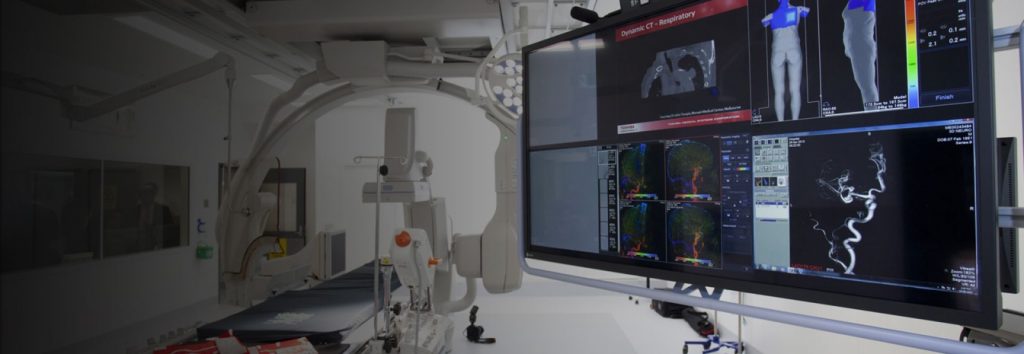
Bolivia, a country known for its breathtaking landscapes and vibrant culture, has faced persistent healthcare challenges, especially in its remote and underserved regions. Access to specialized medical services, particularly radiological diagnostics, has been a consistent concern. However, a transformative solution is emerging as teleradiology services bring remote radiology excellence to Bolivia. In this article, we explore the significance of teleradiology and its role in providing top-tier radiological services to the nation.
Healthcare Challenges in Bolivia
Bolivia’s diverse terrain, encompassing high-altitude regions and rural communities, has posed ongoing healthcare challenges. Access to advanced medical services, including radiological diagnostics, has been a significant concern in the nation.
Teleradiology: A Path to Excellence
Teleradiology, a crucial component of telemedicine, is paving the way for remote radiology excellence in Bolivia. It involves the remote interpretation of medical images, such as X-rays, CT scans, and MRIs, by specialized radiologists. The integration of teleradiology services is reshaping healthcare delivery and enhancing access to advanced diagnostics.
Excellence in Remote Radiology
Here’s how teleradiology services are bringing excellence to remote radiology in Bolivia:
- Expanded Access to Diagnostics: Teleradiology is extending high-quality radiological diagnostics to patients across Bolivia, ensuring that even those residing in remote and underserved areas have access to essential medical services.
- Timely Diagnoses: In healthcare, timing is often critical, and teleradiology significantly shortens the duration between image acquisition and diagnosis. This is particularly vital in a country with geographical challenges and limited healthcare infrastructure.
- Access to Specialist Radiologists: Many healthcare facilities in Bolivia, especially those in underserved regions, lack in-house radiologists. Teleradiology bridges this gap by connecting these facilities with a network of specialized radiologists who provide expert interpretations of medical images, ultimately enhancing the overall quality of care.
- Cost-Efficiency: Establishing and maintaining advanced radiology equipment can be a financial challenge for many healthcare facilities. Teleradiology encourages resource-sharing, making equipment more accessible and cost-effective.
Data Security and Privacy
In healthcare, safeguarding patient data and privacy is a paramount concern. Teleradiology services in Bolivia adhere to stringent protocols to protect the confidentiality and security of patient information during transmission and interpretation.
Challenges and Considerations
While teleradiology offers substantial benefits, there are challenges to address, including regulatory compliance, the need for a reliable technological infrastructure, and the protection of patient data.
The Future of Radiological Excellence in Bolivia
As technology continues to advance, the future of radiological excellence in Bolivia looks promising. The integration of teleradiology is expected to continue expanding healthcare accessibility, improving quality, and reshaping the healthcare landscape.
Conclusion: A New Era of Radiological Excellence
Teleradiology is not just a technology; it’s ushering in a new era of radiological excellence in Bolivia. This progressive step reflects the nation’s commitment to providing top-quality care and advanced diagnostics to all its citizens, regardless of their geographical challenges.
In summary, teleradiology services are bringing remote radiology excellence to Bolivia, ensuring that quality healthcare is accessible to all, even in the most remote and challenging regions of the country.
Service Areas:- Ethiopia – Addis Ababa (capital), Dire Dawa, Adama (Nazret), Gondar, Mekelle, Hawassa (Awasa), Bahir Dar, Jimma, Dessie, Axum, Nekemte, Harar, Debre Markos, Dilla, Jijiga.
